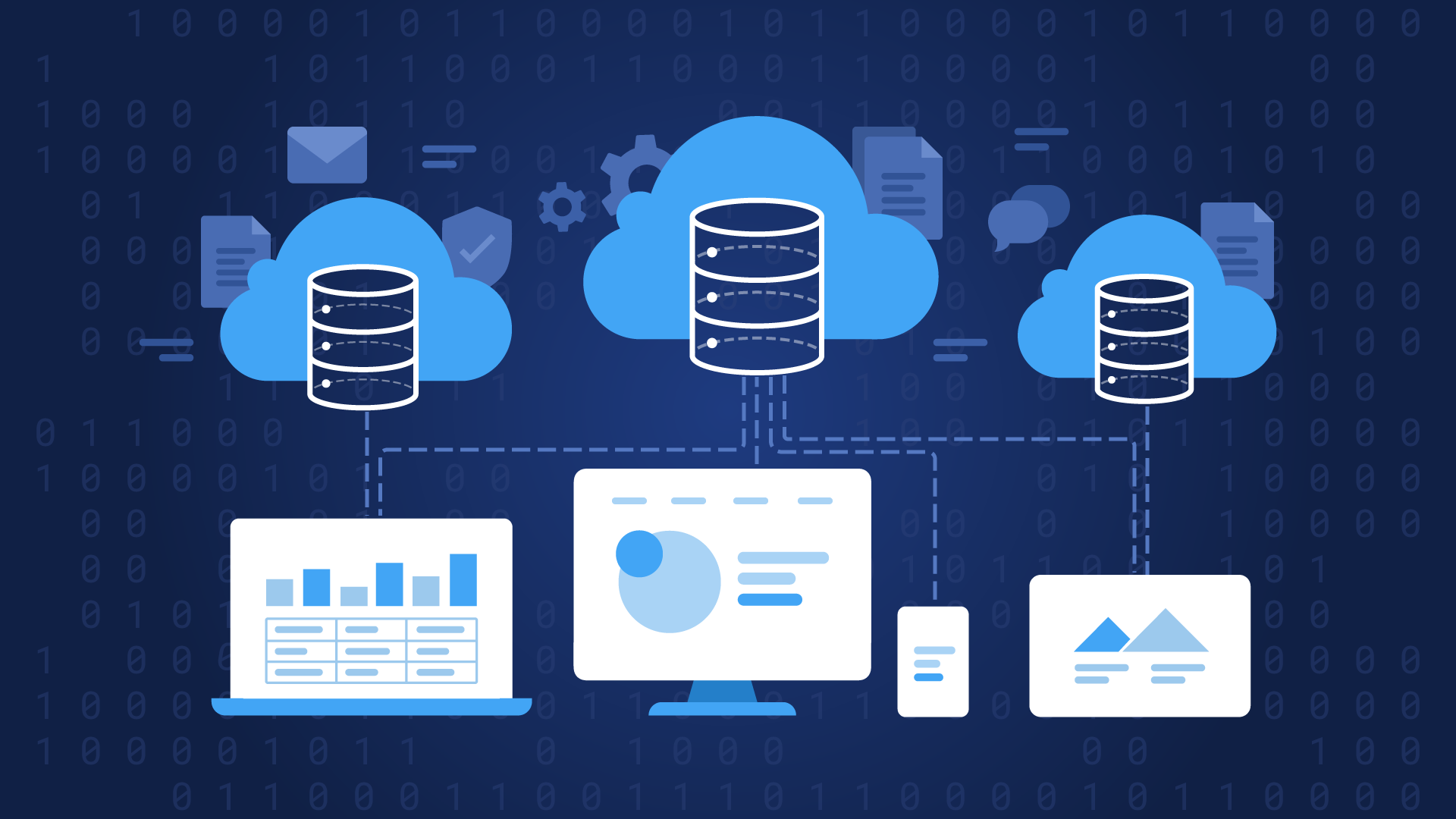24 Nov

In the realm of cloud computing, a revolutionary concept has emerged – serverless cloud computing. It defies the conventional understanding of cloud services, offering computing resources without the explicit presence of servers. In this blog, we will delve into the intricacies of serverless computing, exploring its evolution, principles, and potential applications.
Demystifying “Serverless”
The term “serverless” might be misleading at first glance. Professor Samuel Kounev, a prominent figure in computer science at Julius-Maximilians-Universität (JMU) in Bavaria, Germany, clarifies that even in serverless cloud services, servers are not entirely absent. In traditional cloud computing, a web shop, for example, rents virtual machines (VMs) from a cloud provider but is responsible for managing these servers.
Contrastingly, serverless computing shifts this responsibility entirely to the cloud provider. The user relinquishes direct access to the server, leading to the term “serverless.”
The Rise of Serverless Computing
While the basic idea of serverless computing has been present since the inception of cloud computing, its widespread acceptance has been a gradual process. According to Professor Kounev, a shift is noticeable in both industry and academia, with a growing focus on serverless computing.
A recent article in the “Communications of the ACM” magazine sheds light on the history, current status, and potential of serverless computing. The article, authored by international experts, including Professor Kounev, provides valuable insights into this evolving paradigm. The video provides further elaboration on this matter: https://vimeo.com/849237573
What is it actually?
One of the challenges in understanding serverless computing lies in inconsistent definitions among experts. In 2021, a group of around 50 international experts convened at Schloss Dagstuhl, addressing this issue. Contradictions in the definition of serverless computing were acknowledged, prompting a smaller group to collaboratively define its principles.
Two key principles emerged from this effort:
- NoOps: This principle signifies “no operations,” indicating that the cloud provider assumes complete responsibility for technical server management, including hardware and software layers.
- Utilisation-Based Billing: Unlike traditional cloud services, serverless computing adopts a billing model based on actual resource usage. Customers are billed only for the time they actively utilize allocated computing resource.
The Benefits of Serverless Computing
- Cost Efficiency: With utilisation-based billing, users only pay for the computing resources they actively consume. This dynamic pricing model translates to significant cost savings compared to traditional cloud services, where fixed fees are charged for resource allocation.
- Scalability and Flexibility: Serverless computing offers unparalleled scalability. The automatic scaling of computing resources based on demand ensures that applications can seamlessly handle varying workloads. This flexibility is particularly advantageous for businesses with fluctuating resource needs.
- Simplified Operations: The NoOps principle liberates users from the complexities of server management. Cloud providers take on the responsibility of ensuring the smooth operation of servers, allowing users to focus on developing and deploying applications without the burdensome tasks associated with traditional server management.
- Enhanced Development Speed: Serverless computing accelerates the development cycle. Developers can quickly deploy code without the need to manage infrastructure, leading to faster development and iteration processes.
- Global Reach: Serverless computing leverages the global infrastructure of cloud providers, ensuring low-latency access to resources worldwide. This global reach is invaluable for applications with a diverse user base.
Projects at the Helm of Innovation
At JMU, Professor Kounev’s team is actively engaged in projects that push the boundaries of serverless computing. Their focus includes enhancing the elasticity of cloud services, specifically in automating the scaling of computing resources based on demand fluctuations.
A notable long-term project aims to create a serverless cloud platform for large workflows in Earth observation, particularly in climate research using satellite data. Collaborating with various institutions, including the German Aerospace Center and the Max Planck Institute for Behavioural Biology, the team envisions a platform that enables scientists to study global effects of climate change efficiently.
Conclusion
In conclusion, serverless computing represents a paradigm shift in the landscape of cloud services. This innovative approach offers efficiency and scalability. As the industry and academia increasingly embrace serverless computing, its potential applications, it promises to reshape the way we leverage computing resources in the digital era.



